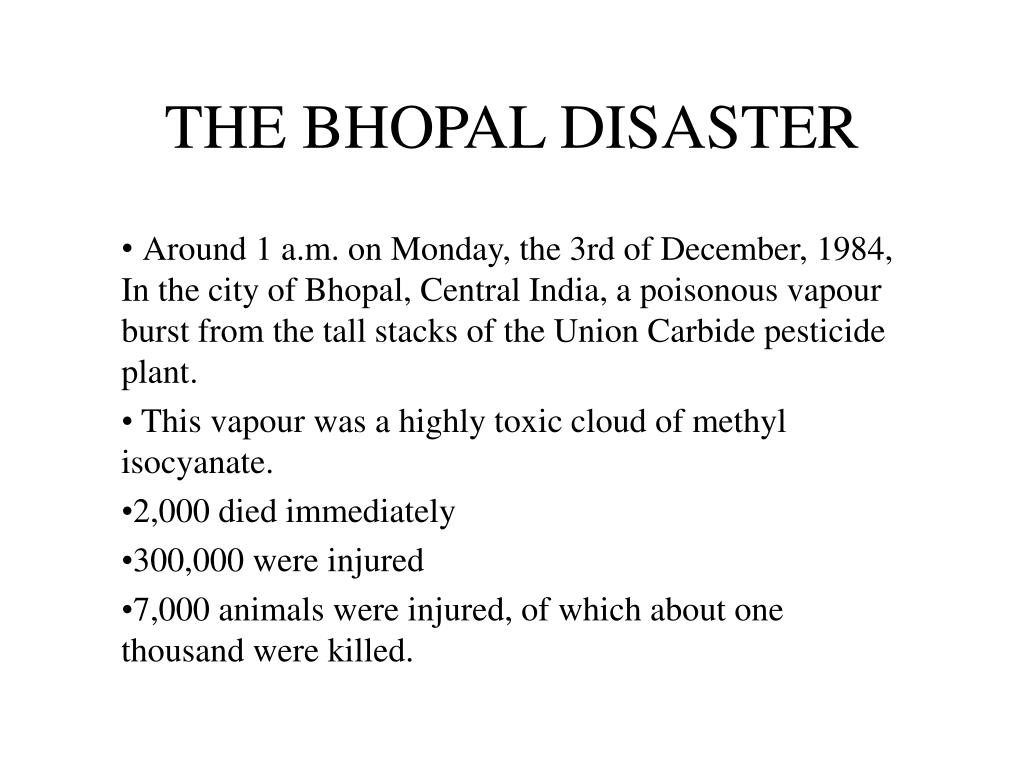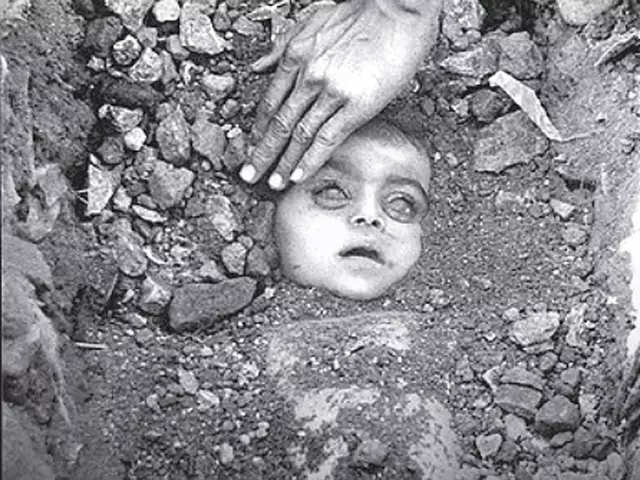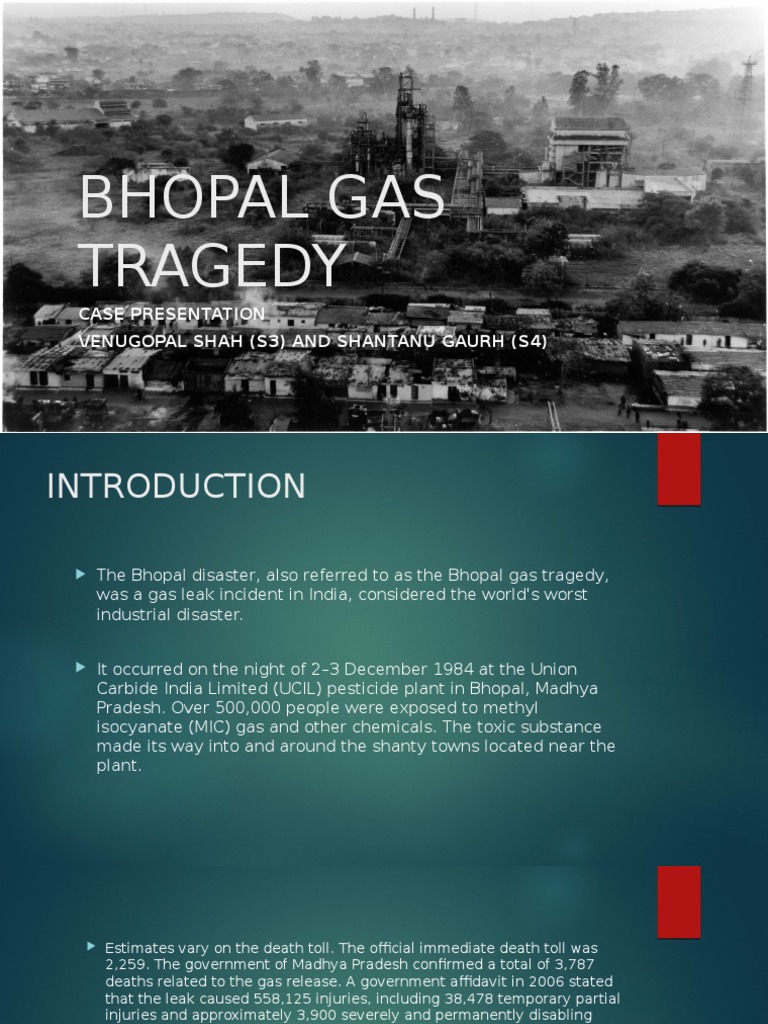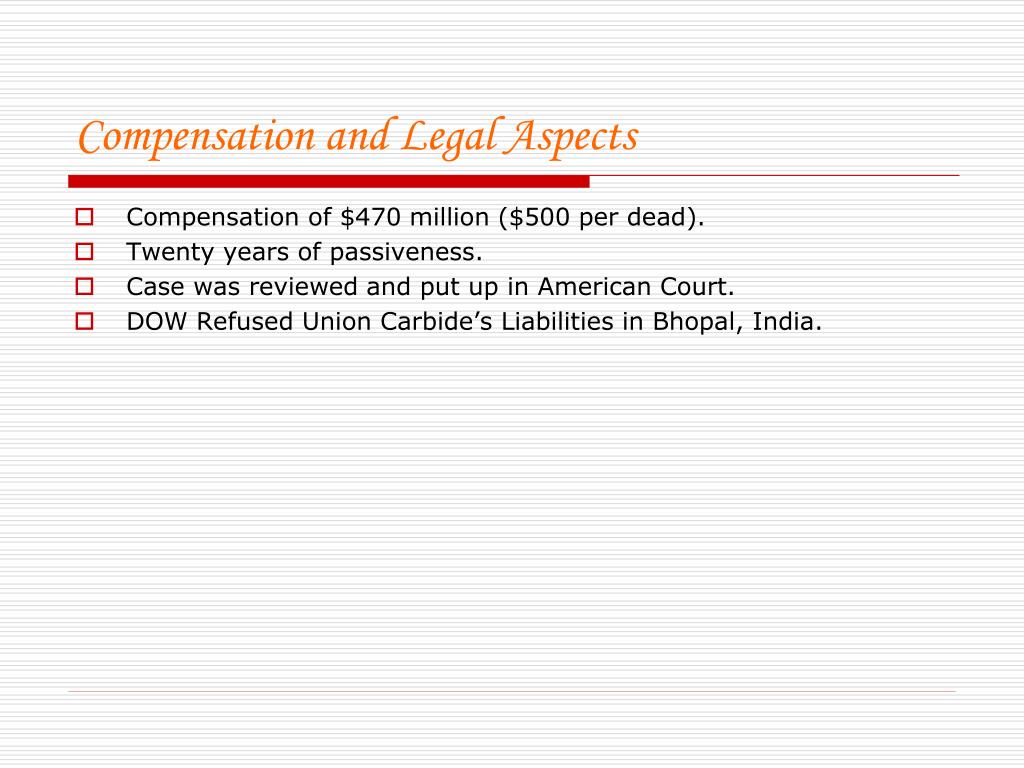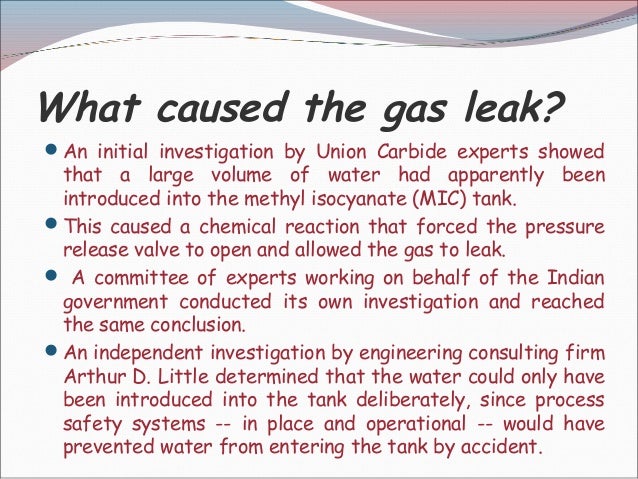The Bhopal disaster, also known as the Bhopal gas tragedy, was a catastrophic industrial accident that occurred on the night of December 2-3, 1984 at the Union Carbide India Limited (UCIL) pesticide plant in Bhopal, Madhya Pradesh, India. The disaster killed an estimated 3,000 people immediately and has been linked to the deaths of over 15,000 people in the years following the incident.
The disaster was caused by the accidental release of a highly toxic gas called methyl isocyanate (MIC) from the UCIL plant. At the time of the accident, the plant was producing the insecticide Carbaryl, which required the use of MIC as a intermediate chemical. On the night of the disaster, a series of malfunctions and human errors led to the release of approximately 40 tons of MIC into the air, which spread over a large area of the city and caused widespread panic and chaos.
The effects of the disaster were devastating. The gas caused symptoms such as shortness of breath, nausea, vomiting, and eye irritation, and many people died within hours of exposure. In the days and weeks following the disaster, thousands of people developed serious respiratory and other health problems, and the death toll continued to rise.
The Bhopal disaster had far-reaching consequences for the people of Bhopal and the surrounding region. Many people lost their homes and livelihoods as a result of the disaster, and the environmental damage was extensive. The disaster also had a major impact on the reputation of Union Carbide and its then-CEO, Warren Anderson. Anderson was charged with manslaughter in India, but he never stood trial and remained a fugitive until his death in 2014.
In the years following the disaster, there were numerous efforts to hold Union Carbide and its executives accountable for the disaster. The company eventually paid a settlement of $470 million to the Indian government, but many people felt that the amount was inadequate considering the scale of the disaster and the suffering of the victims.
The Bhopal disaster remains one of the worst industrial accidents in history and serves as a cautionary tale about the importance of safety and the dangers of ignoring potential hazards. It is a reminder of the need for strict regulations and oversight of industries that handle hazardous materials, and the need for companies to prioritize the safety of their employees and the communities in which they operate.


